Why Plitvice Lakes is Croatia’s Most Magical Destination
UNESCO Sites in Croatia: Plitvice Lakes National Park
“Plitvice Lakes is one of those places that makes you believe in fairy tales.”
Sir David Attenborough
If you’ve ever dreamed of exploring a place with cascading waterfalls, crystal-clear lakes, and lush green forests, then Plitvice Lakes is the perfect destination. This national park, the most famous in Croatia and one of the most beautiful in Europe, is a living landscape where water is always moving, shaping the land, and creating new paths over time.
I’ve visited Plitvice several times, and each season brings a different kind of magic. In winter, the waterfalls freeze into sparkling ice, while autumn covers the park in warm red and gold. In summer, the lakes shine in shades of blue and green, while in spring, the waterways are rich in water. No matter when you visit, Plitvice is always unforgettable – it’s a promise!
About the National Park
Plitvice Lakes National Park is the oldest (1949) and largest national park in Croatia. Located in the mountainous region of Lika, it covers over 296 square kilometers and is home to 16 interconnected lakes and more than 90 waterfalls. The lakes are divided into the Upper Lakes (Gornja Jezera) and Lower Lakes (Donja Jezera), each offering different landscapes and experiences.
The park is famous for its ever-changing colors of water, from emerald green, deep blue, and turquoise, depending on the minerals and organisms in the water and the way the sunlight hits. The entire system is fed by underground/karst springs, and the lakes are connected by natural travertine barriers, which continuously grow and reshape the waterfalls over time.
Plitvice is also home to a rich variety of wildlife, including brown bears, lynxes, wolves, and over 150 species of birds. Don’t worry—bears tend to avoid busy tourist trails!
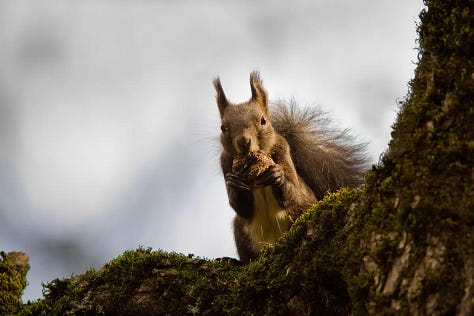
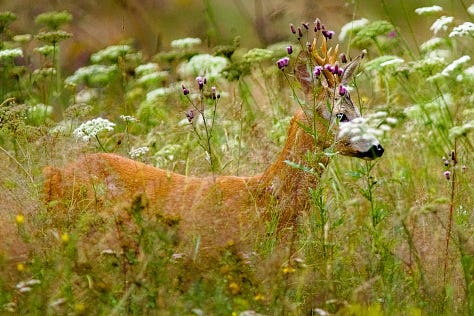
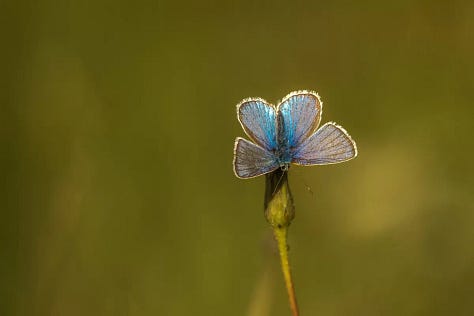

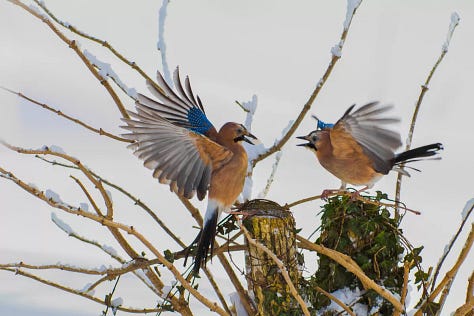

Plitvice Lakes National Park has been a UNESCO World Heritage Site since 1979 due to its unique karst landscapes, rich biodiversity, and dense forests. Its ever-changing tufa barriers are a rare natural phenomenon, and thanks to its exceptional beauty and ecological value, Plitvice is one of Europe’s most precious protected areas.
The Lakes and Their Stories
Each lake in Plitvice has a name, many of them tied to legends and folklore. Here are a few fun facts about some of them:
Lake Kozjak: The largest lake in Plitvice, stretching almost 2.4 km long. It’s the only lake where you can take an electric boat ride, crossing between the Upper and Lower Lakes.
Lake Prošćansko: The highest lake in the system and the place where the story of Plitvice begins. According to legend, a great drought ended when the Black Queen summoned the lakes into existence with her mystical powers.
Lake Gavanovac: Said to be the resting place of a rich man named Gavan, who refused to share his wealth with the poor. Legend says his treasure is hidden at the bottom of the lake.
Lake Milanovac: Named after a mill owner named Milan, this lake is surrounded by steep cliffs, making it one of the most picturesque spots in the park.
Veliki slap or Big Waterfall: This is the highest waterfall in Croatia, plunging 78 meters (256 feet) into the Lower Lakes.
Walking Tours: Upper and Lower Lakes
There’s no wrong way to explore Plitvice, but the park is divided into two sections: the Upper Lakes (Gornja Jezera) and Lower Lakes (Donja Jezera). The Park offers several tour programs, depending on the season, and I’ll just summarize them here.
1) The Upper Lakes Tour
This route is perfect for those who love serene landscapes, wooden walkways over water, and less visitors. The Upper Lakes are surrounded by dense forest, and the waterfalls here are smaller but numerous, creating a magical atmosphere.
Start at Entrance 2 and at ST2 take the panoramic train to the highest point of the park.
Follow the wooden pathways over the lakes, enjoying countless waterfalls.
Stop at Lake Prošćansko for a peaceful view before descending on foot to Lake Kozjak.
Take a boat ride across Lake Kozjak, a perfect place for photos.
End at ST3, where you can catch the train back.
This tour is even more perfect in springtime because the waterways will be brimming with water (so prepare for getting wet).
⏱️ Time needed: 3-4 hours
There are many more options available:
You could do the above tour and then continue to walk down to the Lower Lakes. (program H)
You could start with the boat ride to get across Lake Kozjak and then walk uphill to Lake Prošćansko, where you could take the panoramic train to get back to ST2. (program E)
2) The Lower Lakes Tour
The Lower Lakes offer the most dramatic landscapes, with steep canyon walls and some of the most famous waterfalls in Plitvice. If you’ve seen classic pictures of the park, chances are they were taken here.
Start at Entrance 1 and follow the descending path towards Veliki Slap, Croatia’s highest waterfall.
Walk upstream along the canyon cliffs, where you’ll get the best views of the lakes below.
Cross wooden bridges over Milanovac and Gavanovac Lakes, seeing the clear, blue-green water up close.
Stop for a break at Lake Kozjak, where you can take the electric boat across.
Finish with an uphill climb to a viewpoint offering a panoramic view of the Lower Lakes.
⏱️ Time needed: 3-4 hours
There are many more options available:
You could finish your tour without taking the boat across Lake Kozjak. (program A)
You could continue to walk upstream to the Upper Lakes, all the way to Lake Prošćansko and take the panoramic train to Entrance 2 and then back to Entrance 1. (program C)
You could walk all the way around the Lower and Upper lakes without using the boat or the train.
Practical Tips
There are two entrances: Entrance 1 is best for seeing the Lower Lakes and Veliki Slap waterfall first, while Entrance 2 is ideal for exploring the Upper Lakes.
Purchase tickets online in advance, as the park has a daily visitor limit. Guided group tours are offered too.
The two tours I advise above are, in my opinion, best if you have 2 days, so you can enjoy the lakes and take as many photos as you’d like, and to explore the surrounding area. If you don’t have more than 1 day for the visit, tailor your tour according to what you want to see.
The National Park Service organized pathways into “tours” marked with letters, and those are easy to follow – you’ll get a map with your entrance ticket and there are signs along the paths.
In the park there are several restaurants, but those are limited, so it would be smart to bring your own sandwiches and snacks, just in case you end up walking all the was around the lakes. Bring water too.
Make sure you know the schedule of the trains and the boat before you plan which tour to take. If you’re short on time, consult a park ranger, they can point you out to the most doable tours for your time frame.
It’s best to arrive early in the morning or late in the afternoon to avoid crowds, especially in peak season. But be aware of the closing time of the park.
Wear comfortable walking shoes – the trails include wooden walkways, gravel paths, and some steep sections.
If visiting in summer, pack sunscreen and a hat, as some areas are exposed to direct sunlight.
In autumn or spring, expect changing weather and bring a rain jacket.
Swimming is not allowed in the lakes to protect the ecosystem, but you can take an electric boat ride across Lake Kozjak.
There are also activities for those who like hiking, rowing, skiing, and cycling (permitted only on the state roads around the NP. In June, you can even run a marathon within the park.
If you have more than one day to explore the surroundings, the Lika and Velebit areas are packed full with content for the whole family. My advice would be to visit the Nikola Tesla Memorial Center in Smiljan, his birthplace, the Kuterevo Bear Rescue, the Barać Caves and/or the village of Rastoke.
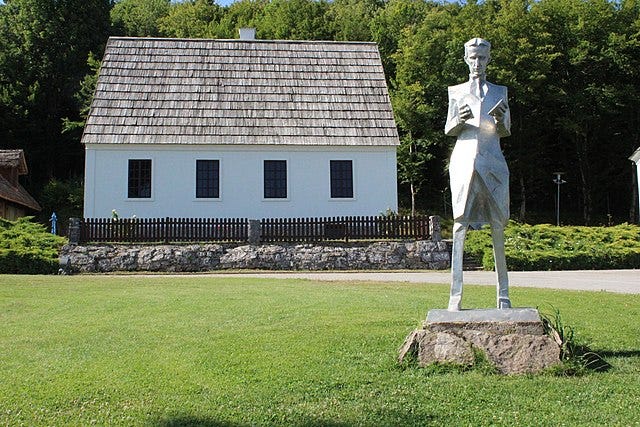
Nikola Tesla Memorial Center in Smiljan, his birthplace Around Entrance 2 there are several hotels and a campsite, but you can also find plenty of privately owned accommodation possibilities (perhaps offering traditional food).
Many useful brochures can be found here.
Here you can find rules of conduct.
When to Visit Plitvice?
Plitvice is stunning all year round, but each season offers something different:
🌸 Spring: The waterfalls are at their most powerful after winter’s snow melts, and the crowds are still light. Some routes may be closed due to flooding.
☀️ Summer: The lakes are brightest blue, but it’s also the busiest time. Arrive early to avoid the crowds.
🍂 Autumn: The mix of red, orange, and golden leaves makes this season a photographer’s dream.
❄️ Winter: Snow-covered waterfalls create a frozen wonderland, and the park is beautifully quiet. Some routes may be closed due to ice.
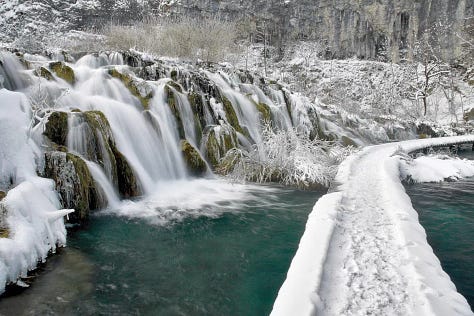


How to Get to Plitvice
🚗 By Car: Plitvice is about 2 hours from Zagreb and 1.5 hours from Zadar. Parking is available at both entrances.
🚌 By Bus: Regular buses run from Zagreb, Zadar, and Split.
🚶 By Tour: Many day trips are offered from major cities, especially in summer.
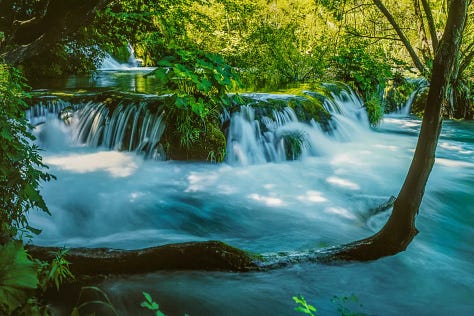


I believe Plitvice Lakes National Park is one of those places you have to see at least once in your life. Its magical waterfalls, peaceful forest trails, and ever-changing shades of blue make it one of Croatia’s most visited spots.
So, pack your best walking shoes, charge your camera, and get ready to step into a real-life postcard!
Have you been to Plitvice? What was your favorite part? Let me know in the comments!
Thank you for reading!
If you enjoyed this post, go ahead and tap that ❤️ button — it helps more cool people (like you) discover it!
Feeling extra generous? Hit that restack button or share this post with someone who’d enjoy it, too. It means the world to me, and you’d totally make my day.
I’ve introduced a paid subscription option for those who’d like to support my work — thank you all in advance!
Thank you so much for your generosity and endless support!
For more things Croatian, check out these posts:
Why Šibenik, Croatia, Feels Different from Other Dalmatian Towns
March of my 2025 Calendar: 12 Countries in 12 Months





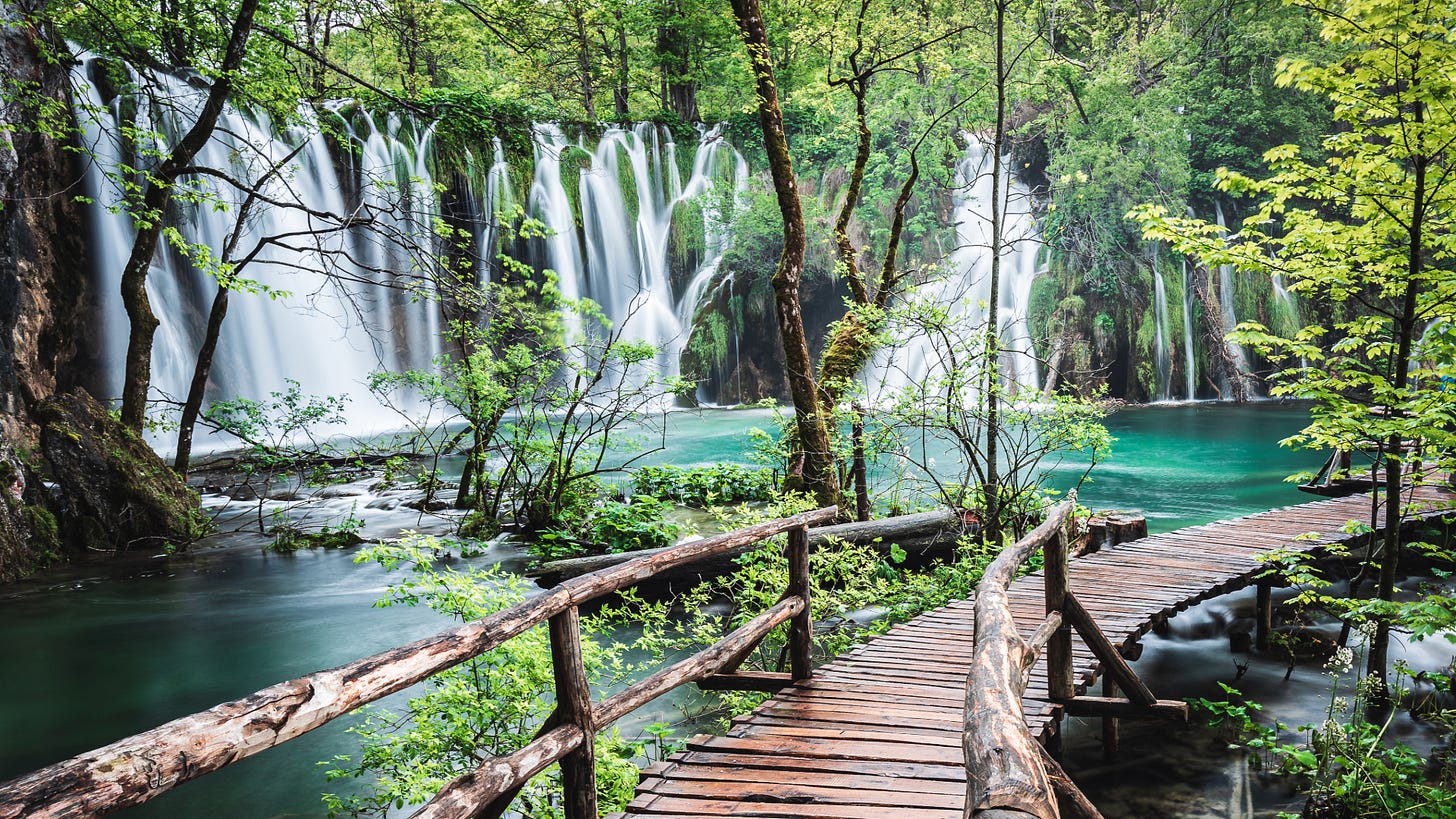






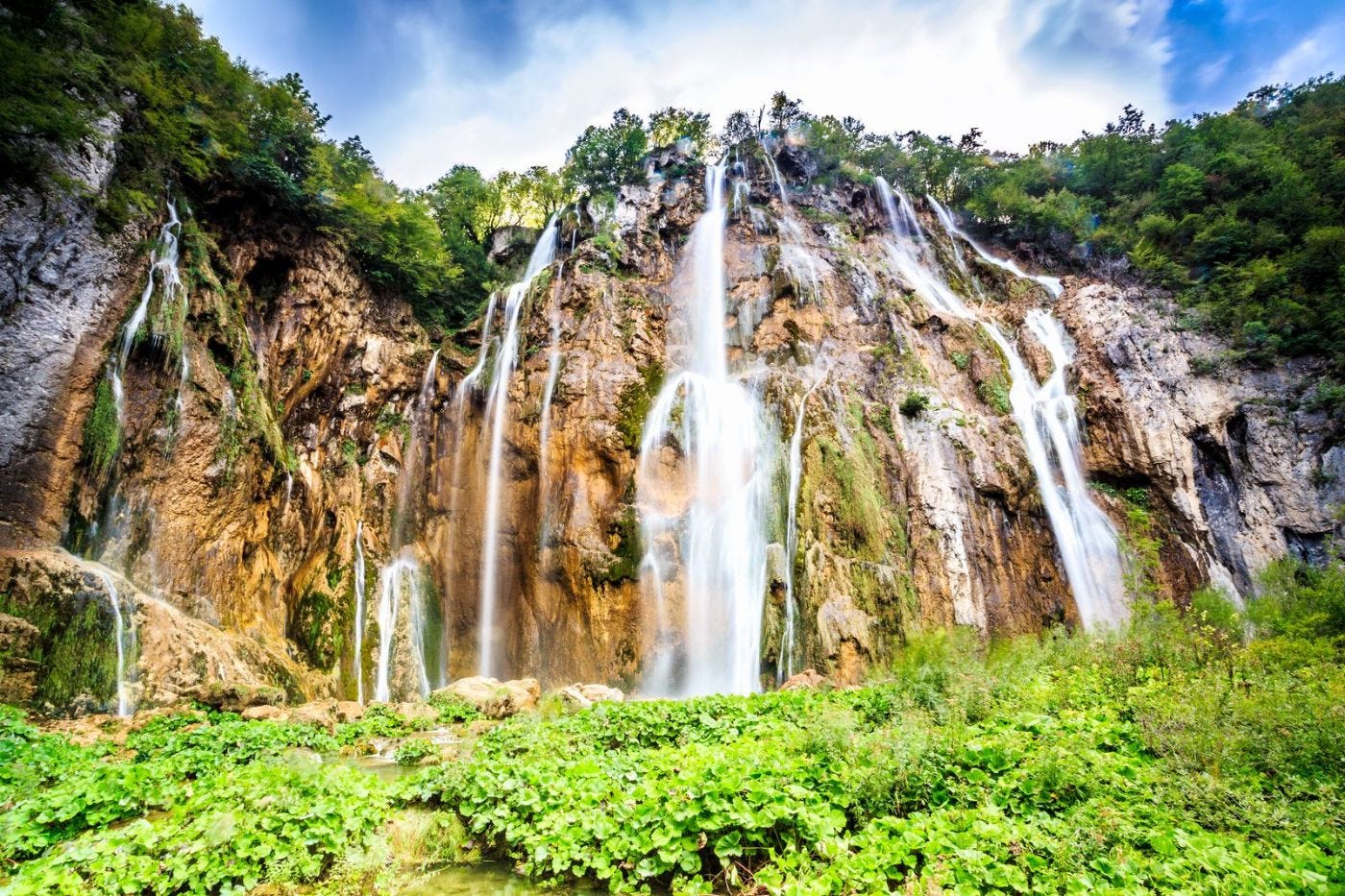




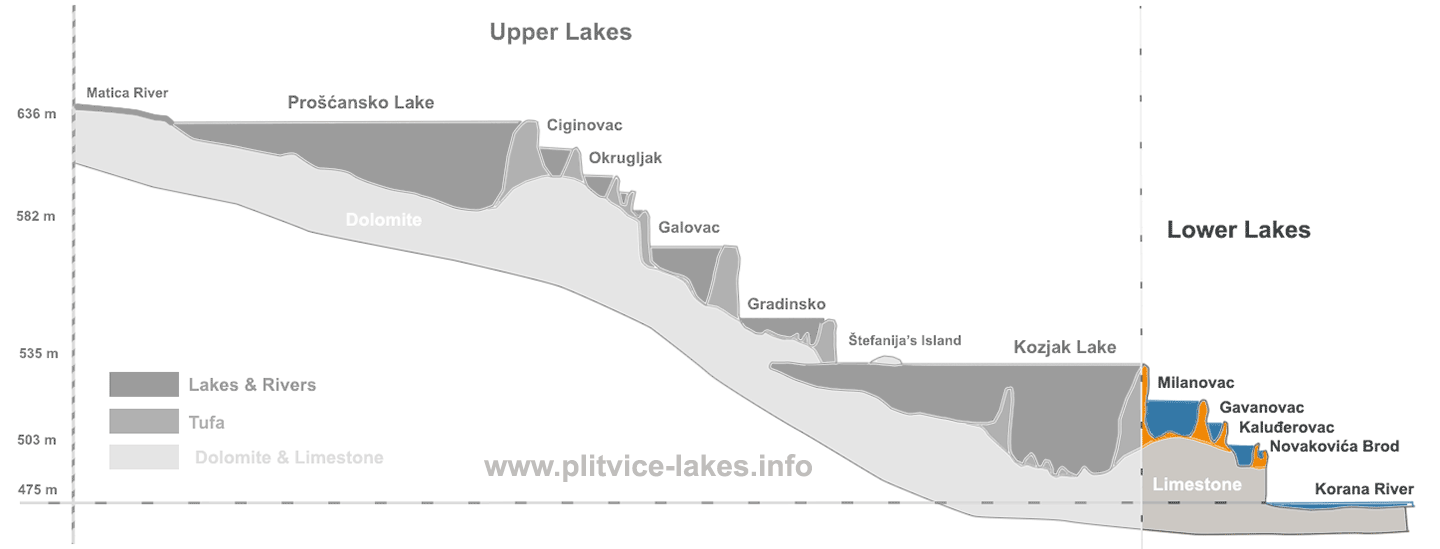





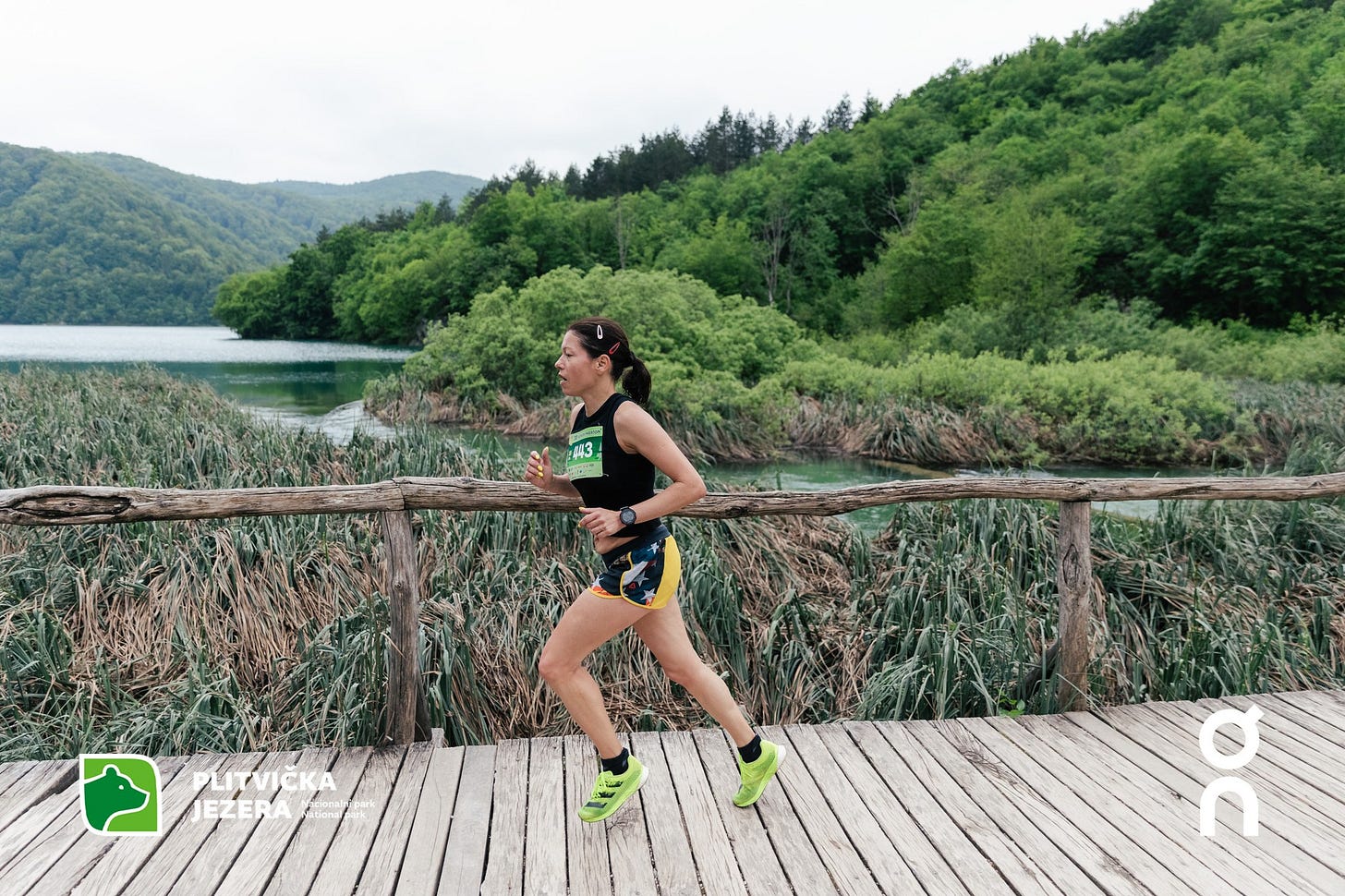
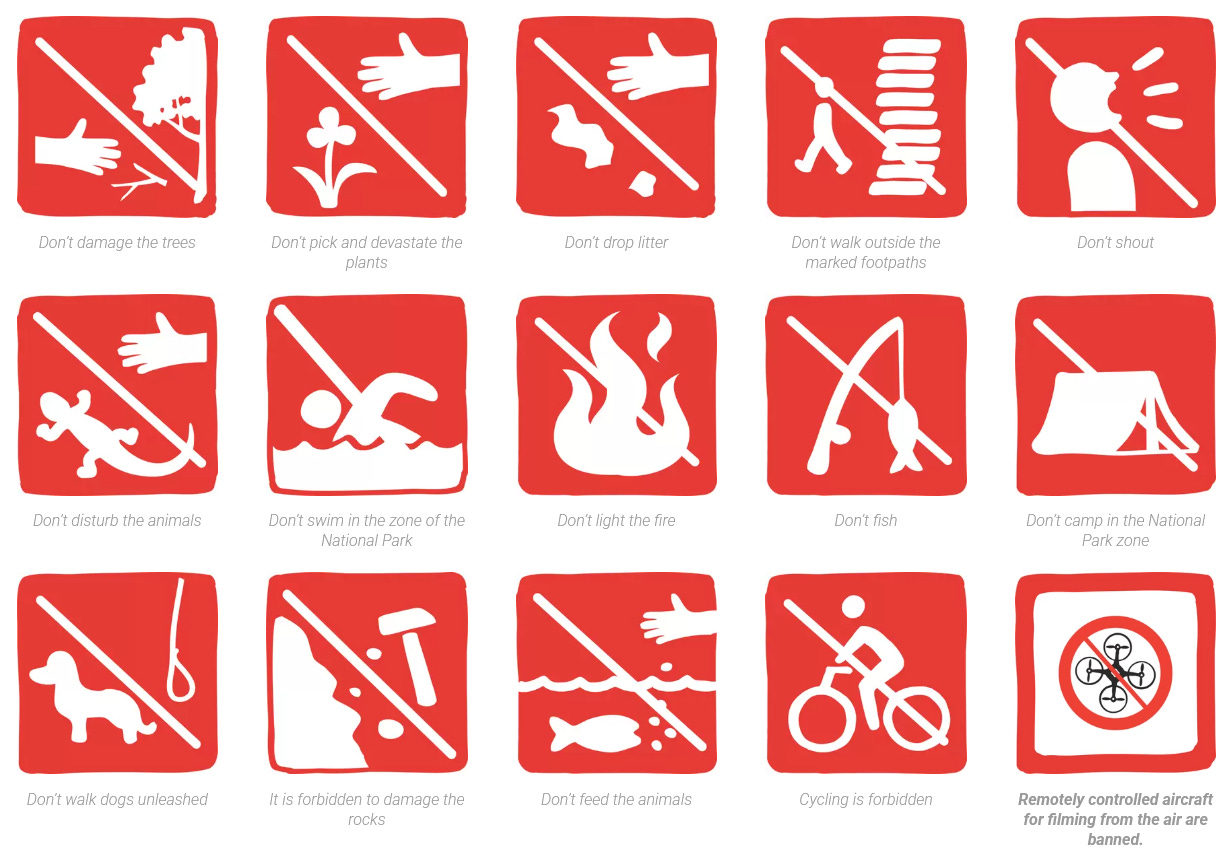
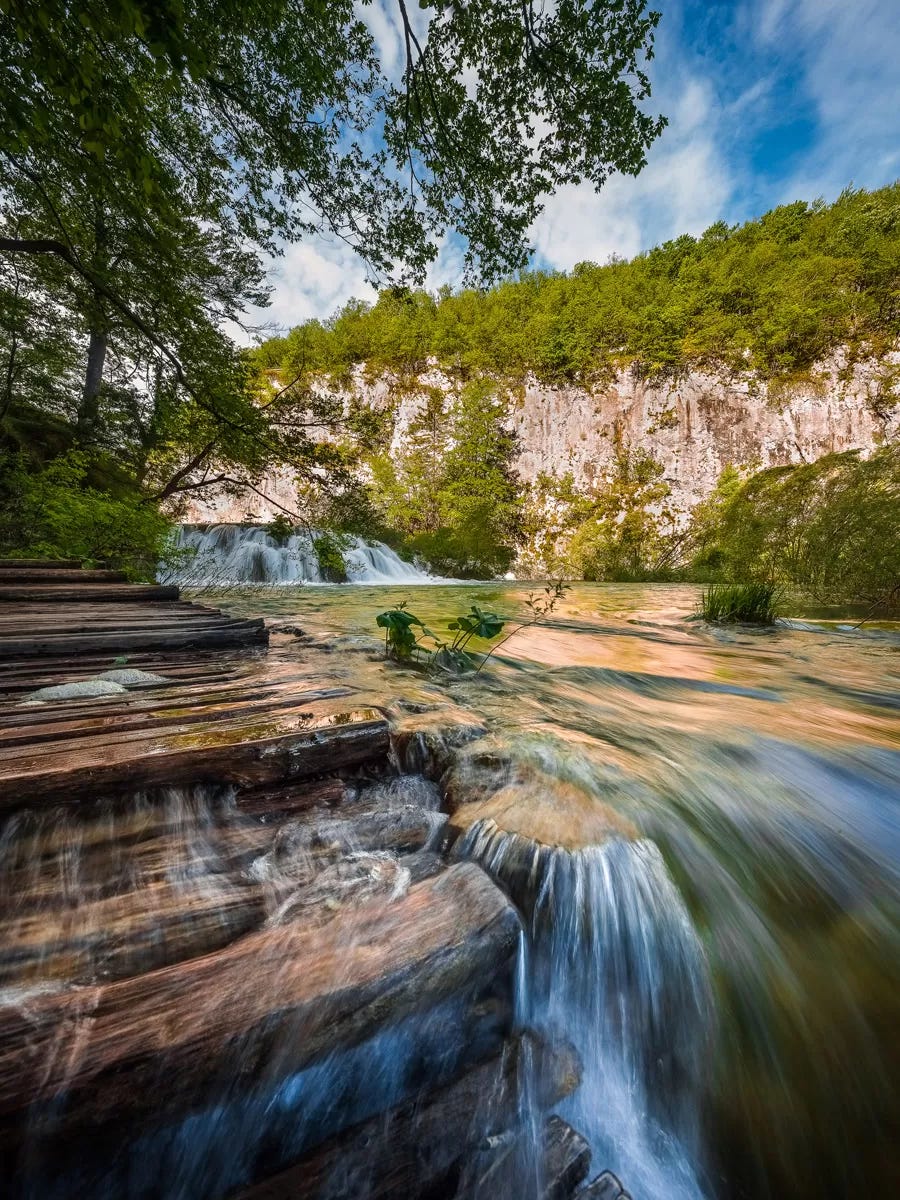

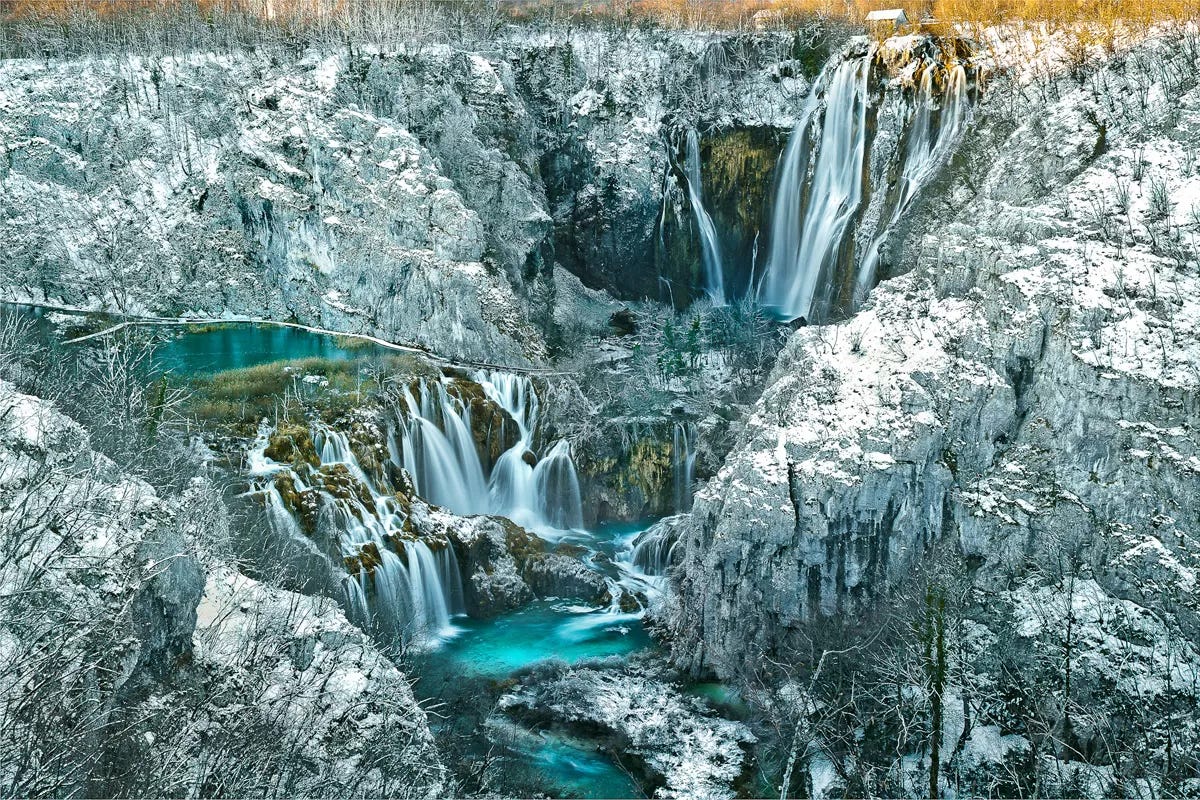
wow, I would love to be there right now!
Wow, this looks absolutely breathtaking! I wasn’t aware of Plitvice Lakes before, but now it’s definitely on my bucket list. Thank you for the inspiration!